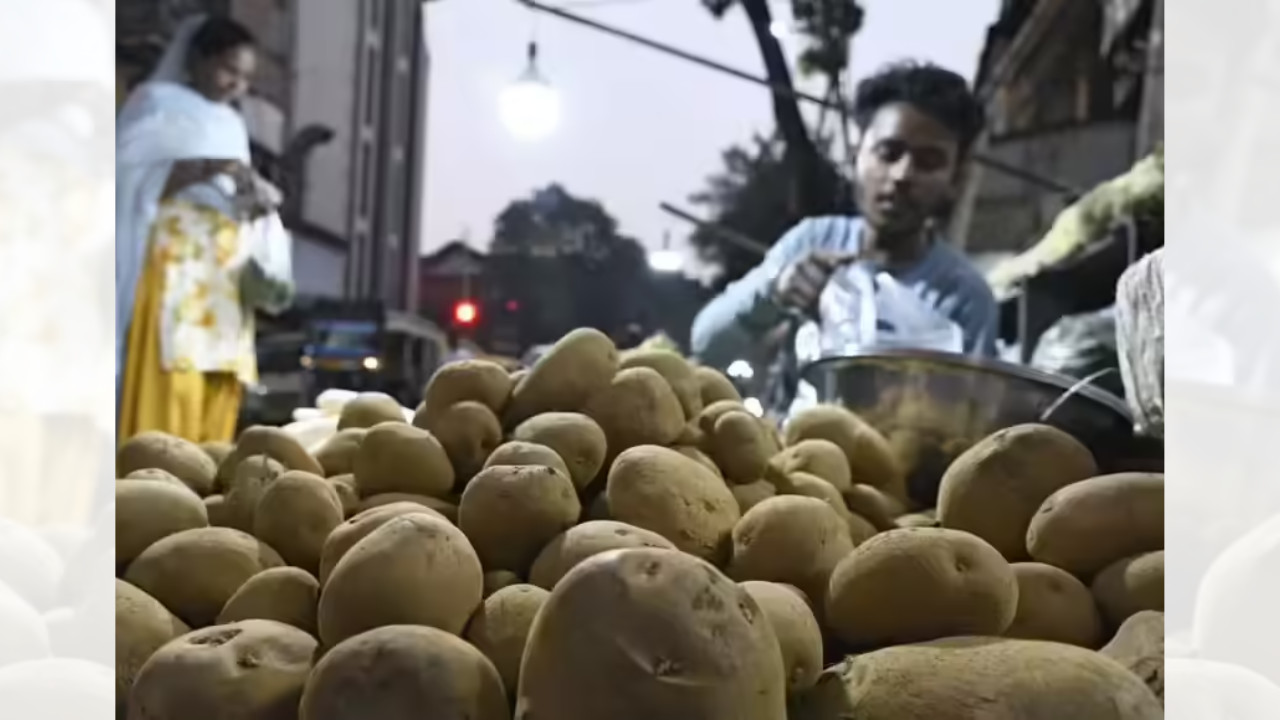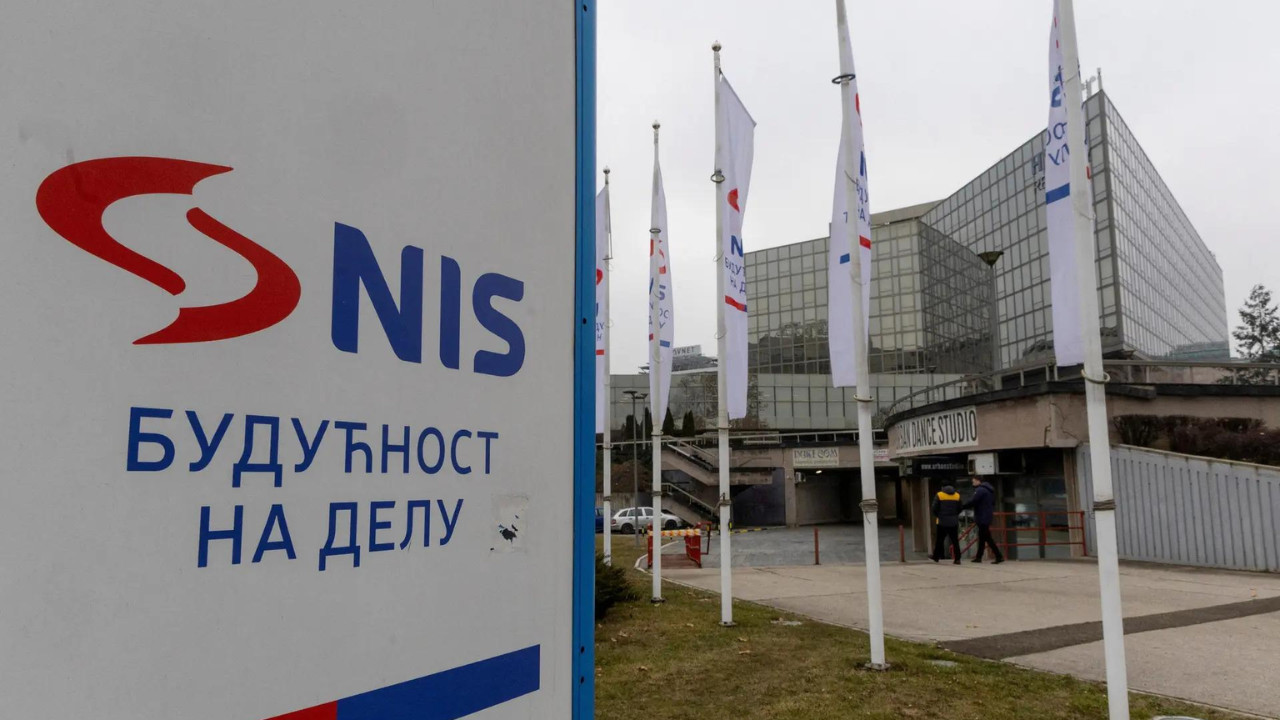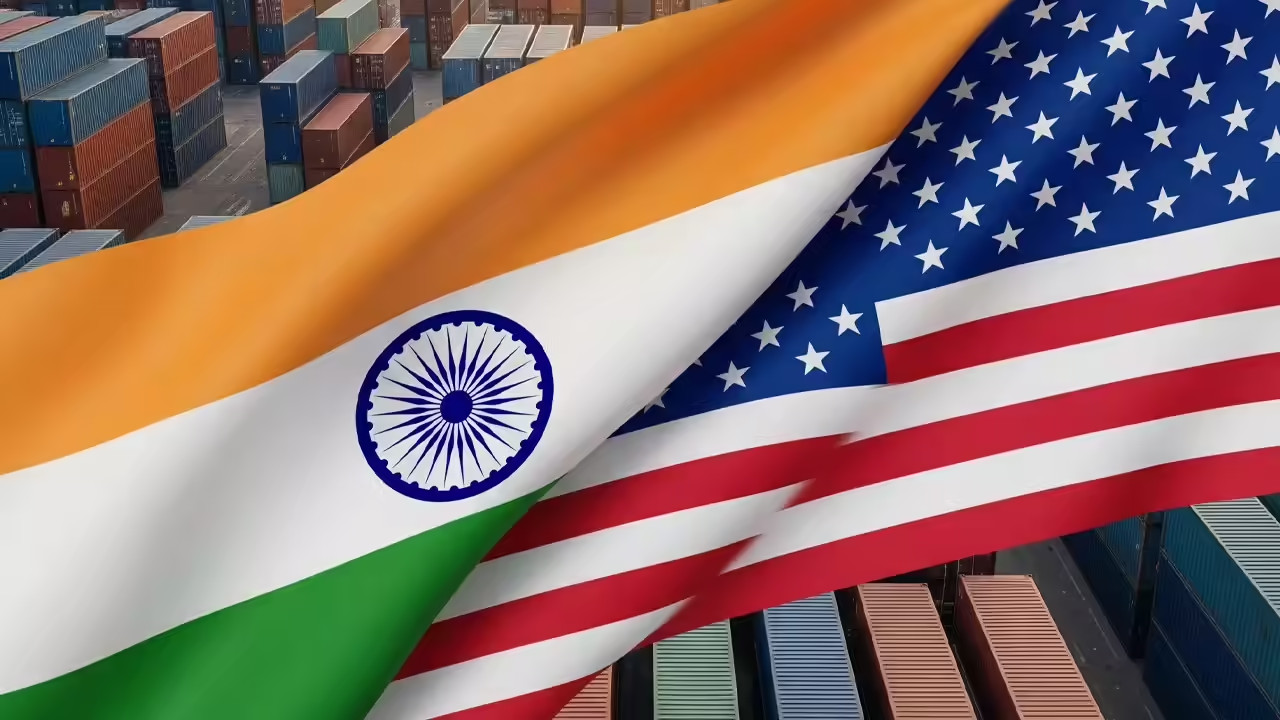India’s processed potato exports to Southeast Asia are booming, driven by snack and convenience food demand. Dehydrated potato granules and pellets exports surged to $63.3 million in FY2025, with Malaysia, the Philippines, and Indonesia leading purchases. This growth is fueled by domestic infrastructure, preferential tariffs, and a global supply gap, positioning India as a reliable supplier.
India’s Potato Power Play: Becoming Asia’s Snack Hub
For years, Asia has looked to the West for its potato chip fix. But the winds are shifting. India is quietly but confidently carving out a significant slice of the processed potato market, emerging as a major supplier of those crispy, salty treats we all crave. Recent data shows a staggering 450% jump in processed potato exports, painting a delicious picture of India’s growing dominance in the Asian snack landscape. This surge isn’t just a blip on the radar; it’s a testament to strategic investments, favorable policies, and good old-fashioned hard work.
So, what’s behind this impressive growth? Let’s dig in.
How Did India Become a Potato Export Powerhouse?
Several factors are converging to fuel India’s processed potato boom. One key ingredient is the focus on improving agricultural infrastructure, particularly in states like Gujarat and Uttar Pradesh. These regions have become hotspots for potato cultivation and processing, benefiting from government initiatives aimed at boosting food processing industries. These initiatives include subsidies, infrastructure development, and training programs for farmers, leading to higher yields and better quality potatoes.
Furthermore, India’s strategic location and growing logistical capabilities play a crucial role. With expanding port infrastructure and improved transportation networks, India can efficiently ship processed potato products to key markets across Asia. This enhanced connectivity reduces transit times and costs, making Indian snacks more competitive in the international market.
Finally, let’s not underestimate the power of competitive pricing. Compared to established players, India offers processed potatoes at a more affordable price point, making them attractive to budget-conscious consumers and businesses across Asia. This cost advantage, coupled with improving quality, is a winning combination.

The Gujarat and Uttar Pradesh Advantage
As mentioned, the states of Gujarat and Uttar Pradesh are at the forefront of this potato revolution. These states have actively promoted the food processing sector, attracting investment and creating a favorable environment for businesses. This has translated into increased production capacity, technological upgrades, and a focus on producing processed potatoes that meet international standards.
The proactive approach of state governments, coupled with the entrepreneurial spirit of local businesses, has created a virtuous cycle of growth. Farmers benefit from increased demand and better prices, while processors gain access to a reliable supply of high-quality potatoes. Consumers across Asia, in turn, enjoy a wider variety of affordable and tasty snack options. To learn more about Indian agriculture, you might find this article on sustainable farming techniques insightful.
What Does This Mean for the Future of Snacking?
India’s emergence as a major potato supplier is set to reshape the Asian snack market in several ways. We can expect to see:
* Increased competition: Established players will need to innovate and adapt to compete with India’s cost-effective and increasingly high-quality products.
* Greater variety: As Indian processors expand their offerings, consumers will have access to a wider range of flavors and formats.
* Lower prices: The increased competition could lead to lower prices for processed potato products, making snacking more affordable for everyone.
* Growth in related industries: The potato processing boom will likely spur growth in related industries, such as packaging, transportation, and food technology.
More Than Just Chips: The Expanding World of Processed Potato Products
It’s important to remember that processed potatoes encompass more than just potato chips. Frozen French fries, potato flakes, and other potato-based ingredients are also part of this growing market. India’s ability to produce a diverse range of processed potato products further strengthens its position as a key supplier. This diversification allows India to cater to a wider range of customer needs, from restaurants and food manufacturers to individual consumers.
From Fields to Fryers: A Sustainable Growth Story?
While the growth in processed potato exports is undoubtedly positive, it’s crucial to ensure that this growth is sustainable. This means adopting environmentally friendly farming practices, minimizing food waste, and ensuring fair labor practices throughout the supply chain. By prioritizing sustainability, India can ensure that its potato power play benefits both the economy and the environment.
In conclusion, India’s surge in processed potato exports is a remarkable story of strategic planning, agricultural innovation, and entrepreneurial spirit. This transformation is not only reshaping the Asian snack market but also creating new opportunities for economic growth and development. As India continues to invest in its agricultural infrastructure and food processing capabilities, we can expect to see even greater success in the years to come. The world is getting a taste of India’s potential, one crispy chip at a time.







